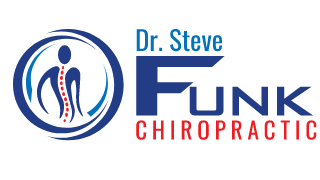
Innovative Pain Management: Breaking New Ground in Health
A recent study has revealed a game-changing technology that could revolutionize the way we manage pain. Researchers have developed an ultrasound-induced wireless implantable stimulator, designed to provide personalized pain relief with minimal side effects. This device not only adapts to individual patient needs but also offers a non-invasive alternative to traditional pain management solutions.
How It Works: The Science Behind the Stimulator
The implant works by utilizing ultrasound waves to stimulate nerve pathways, ultimately disrupting pain signals before they reach the brain. Unlike standard devices that require continuous power or surgical adjustments, this wireless option can be activated remotely, ensuring patients receive targeted relief when needed. This innovation not only enhances comfort but promotes greater autonomy for individuals dealing with chronic pain.
Potential Benefits: More Than Just Pain Relief
This technology could usher in a new era for pain management by minimizing reliance on opioids, which have posed addiction risks for many patients. The ability to tailor treatments based on real-time data may lead to a decrease in treatment side effects and an increase in satisfaction for users. With the focus shifting towards adaptive solutions, the future of pain relief looks promising.
Understanding the Risks and Challenges
While the potential of ultrasound-induced stimulators is immense, it is crucial to recognize the challenges that accompany new medical technologies. Rigorous testing and regulatory approval are necessary to ensure safety and efficacy. Experts urge patients to remain informed about emerging treatments and discuss potential options with healthcare professionals.
Taking Charge of Your Health
The introduction of adaptive pain management technologies like this wireless stimulator highlights the importance of active patient participation in their healthcare journey. Individuals are encouraged to explore these innovative solutions as they become available, promising a pathway to improved well-being.
 Add Row
Add Row  Add
Add 




 Add Row
Add Row 


 Add
Add
Write A Comment